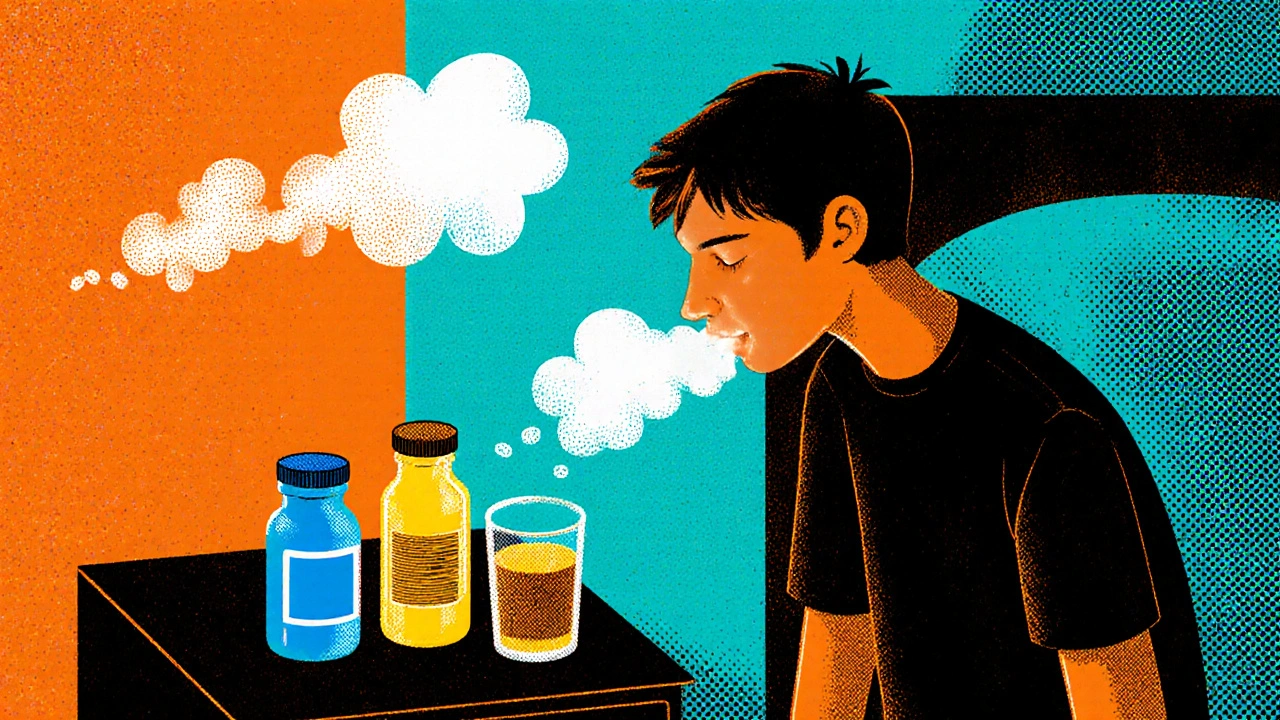Polypharmacy: Understanding Multiple Medications and Your Health
When you’re taking polypharmacy, the use of multiple medications by a patient, often five or more at the same time. Also known as multiple medication use, it’s not a diagnosis—it’s a situation millions of people live with every day, especially those managing chronic conditions like high blood pressure, diabetes, or arthritis. It’s not always bad. Sometimes, you need several drugs to control different parts of a complex health picture. But when those drugs start bumping into each other, things get dangerous fast.
One of the biggest problems with polypharmacy, the use of multiple medications by a patient, often five or more at the same time is drug interactions, when two or more medications affect each other’s effectiveness or increase side effects. For example, mixing NSAIDs with blood thinners can turn a simple headache pill into a risk for internal bleeding. Or stacking sleep aids with antihistamines might leave you dizzy, confused, or at risk of falling. These aren’t rare mistakes—they happen every day in homes, clinics, and pharmacies. And the older you are, the more likely you are to be on five, six, even ten different pills. That’s not just inconvenient—it’s a ticking time bomb if no one’s checking the full list.
medication safety, the practice of ensuring drugs are used correctly to avoid harm isn’t just about taking pills on time. It’s about asking: Who’s keeping track of everything? Is your primary doctor aware of what your cardiologist prescribed? Did your pharmacist catch that your new antidepressant cancels out half your blood pressure meds? Many people don’t even know what half their pills are for. That’s why multiple prescriptions, a collection of drugs prescribed by different providers without full coordination often become a tangled mess. You’re not alone if you’ve ever stared at a pill organizer wondering why you’re taking five different things for your heart, your joints, your sleep, and your mood. The real question isn’t whether you need them all—it’s whether they’re still working together, or just working against you.
The posts below dig into real cases where multiple drugs collide—like how steroids and NSAIDs raise GI bleeding risk, or how thyroid meds can mess with antibiotics. You’ll find comparisons between common prescriptions and alternatives, so you can ask smarter questions. No fluff. Just facts you can use to talk to your doctor, spot red flags, and take back control of your meds.

- Oct 25, 2025
- Posted by Cillian Osterfield
Dangers of Mixing Sedatives: How CNS Depression Can Be Fatal
Learn why mixing sedatives like opioids, benzodiazepines, alcohol, and sleep meds can cause deadly CNS depression and how to avoid it.
Categories
- Health and Wellness (57)
- Medications (39)
- Health and Medicine (22)
- Pharmacy Services (10)
- Mental Health (5)
- Health and Career (2)
- Medical Research (2)
- Business and Finance (2)
- Health Information (1)
Latest Posts
©2025 heydoctor.su. All rights reserved




